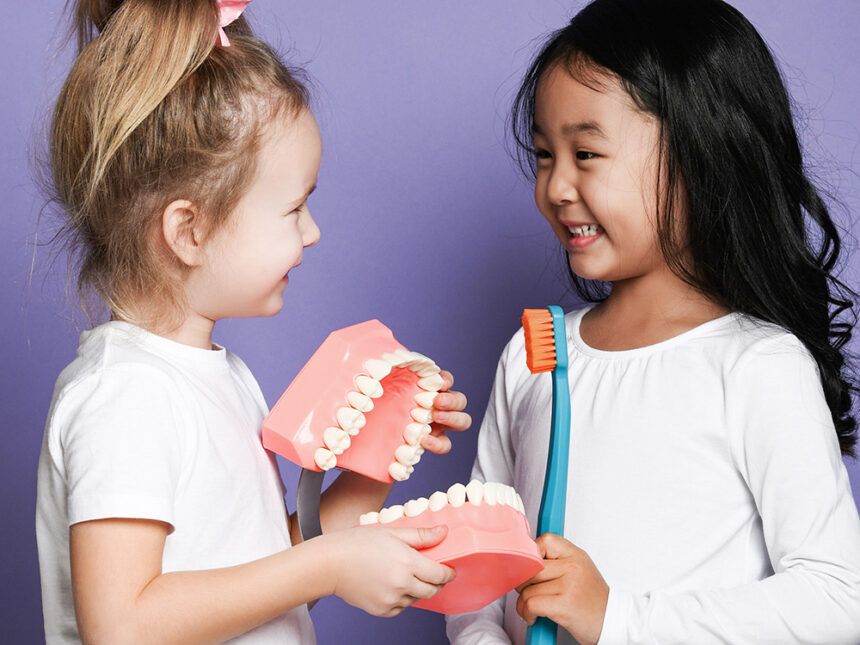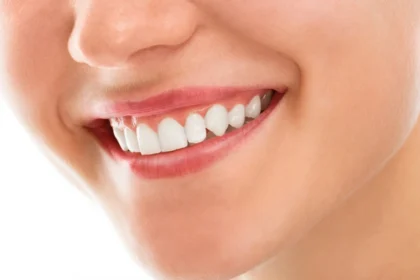Teaching children about their teeth from a young age helps build a foundation for lifelong oral hygiene. A pediatric dentist is a specialist who focuses on the oral health of children from infancy through their teenage years. They have the specific experience and qualifications to care for a child’s teeth, gums, and mouth throughout the various stages of childhood. Here is more information on how to teach children about dental care:
Establish Brushing and Flossing Habits
Building a consistent routine is a practical first step. You might start by brushing your child’s teeth twice a day with a soft-bristle toothbrush designed for their age. A small smear of fluoride toothpaste, about the size of a grain of rice, is appropriate for children under three.
For young children, a pea-sized amount may be recommended. Incorporate flossing into the daily routine as soon as your child has two teeth that touch. You can lead by example, brushing and flossing your own teeth alongside your child.
This shows them that dental hygiene is a regular part of everyone’s day. Making it a family activity might help maintain consistency. Regular dental check-ups are also helpful to monitor your child’s oral health and catch any potential issues early.
Make Dental Visits Fun
Preparing for a dental appointment may help reduce any concerns. You can read books or watch videos about visiting the pediatric dentist. Frame the visit as a positive experience where they get to meet new people who will examine their teeth and ensure they are healthy.
Playing “dentist” at home is another way to familiarize your child with the process. You can take turns being the dentist and the patient, using a toothbrush to count each other’s teeth. This activity helps improve the experience and turns it into a familiar game. Choosing a dental office with a child-friendly environment, complete with toys or books in the waiting room, also may contribute to a more pleasant visit.
Provide Positive Reinforcement
Rewarding your child’s effort helps encourage good habits. You can offer praise for a job well done after they finish brushing and flossing without any fuss. Simple verbal encouragement may reinforce the behavior.
Another method is to use a sticker chart. Your child can get a sticker for each time they brush and floss. After collecting a certain number of stickers, they can earn a non-sugary reward, like a new book or a special outing. This system provides a clear goal and celebrates their progress.
Explain Why Dentistry is Needed
Children may respond well to simple, direct explanations. You can explain that brushing and flossing remove food particles that cause cavities. Use appropriate language to describe what plaque is and how it affects their teeth.
Visual aids may be helpful. Show them pictures that illustrate how healthy teeth look compared to teeth with cavities. Explaining that the dentist helps keep their smile bright and strong gives them a clear reason for appointments. This knowledge allows them to take an active role in their oral health.
Visit a Pediatric Dentist
Regular check-ups with a pediatric dentist are part of a comprehensive oral health plan. These dentists are trained to address the unique needs of children, from managing dental anxieties to overseeing the growth and development of their teeth. A pediatric dentist’s office is designed to be welcoming for children, making dental visits a more comfortable experience. To support your child’s dental health journey, schedule an appointment with a pediatric dentist.









